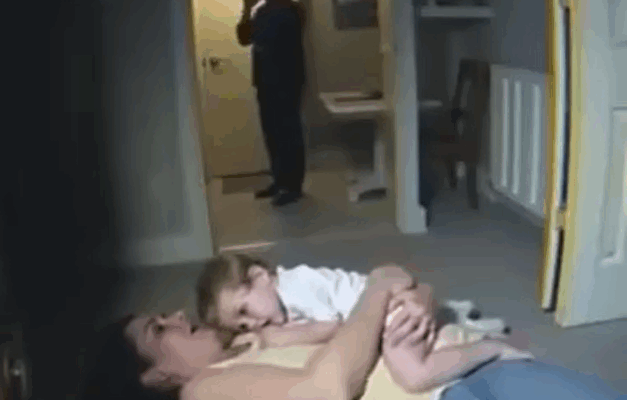In the fast-moving world we live in, stress and mental fatigue have become common companions. More people than ever are seeking ways to reconnect with themselves, find emotional clarity, and promote healing from within. One powerful yet often overlooked tool in this journey is creative visualization — a practice that bridges imagination with healing, clarity, and transformation.
But what exactly is creative visualization, and how can it help us heal emotionally and mentally? Let’s dive into this transformative practice and explore how it can reshape our mental landscape for the better.
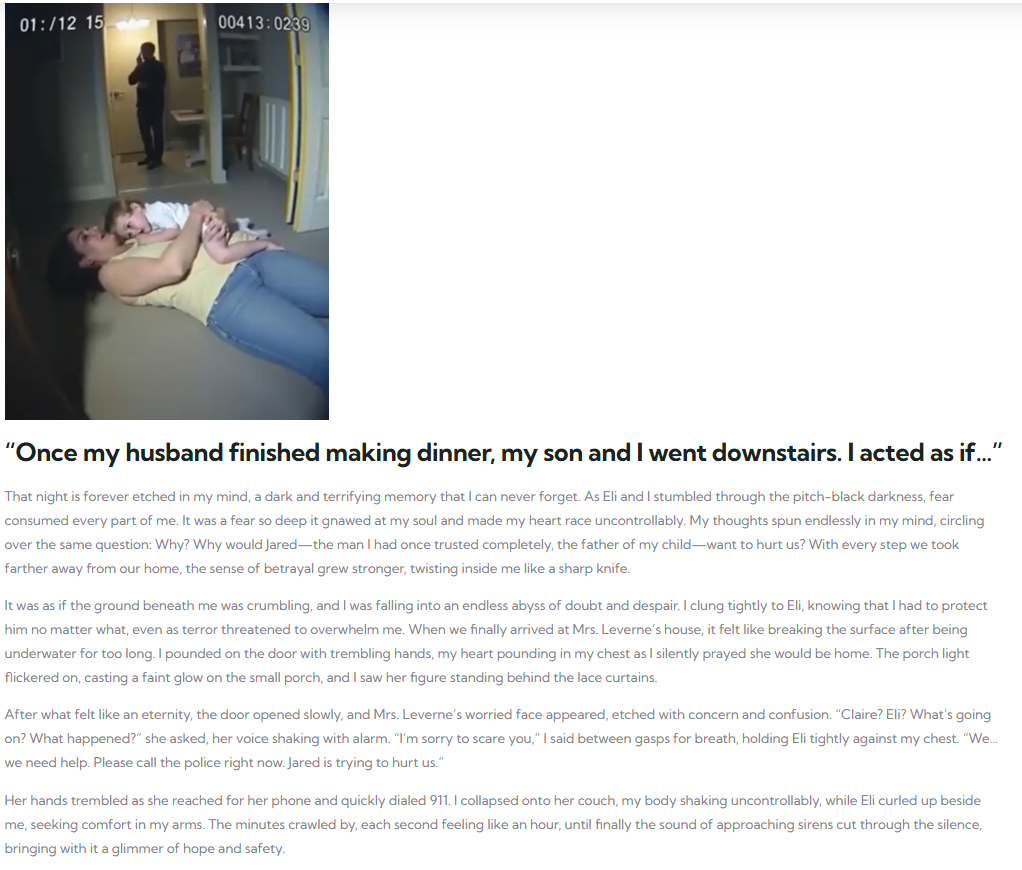
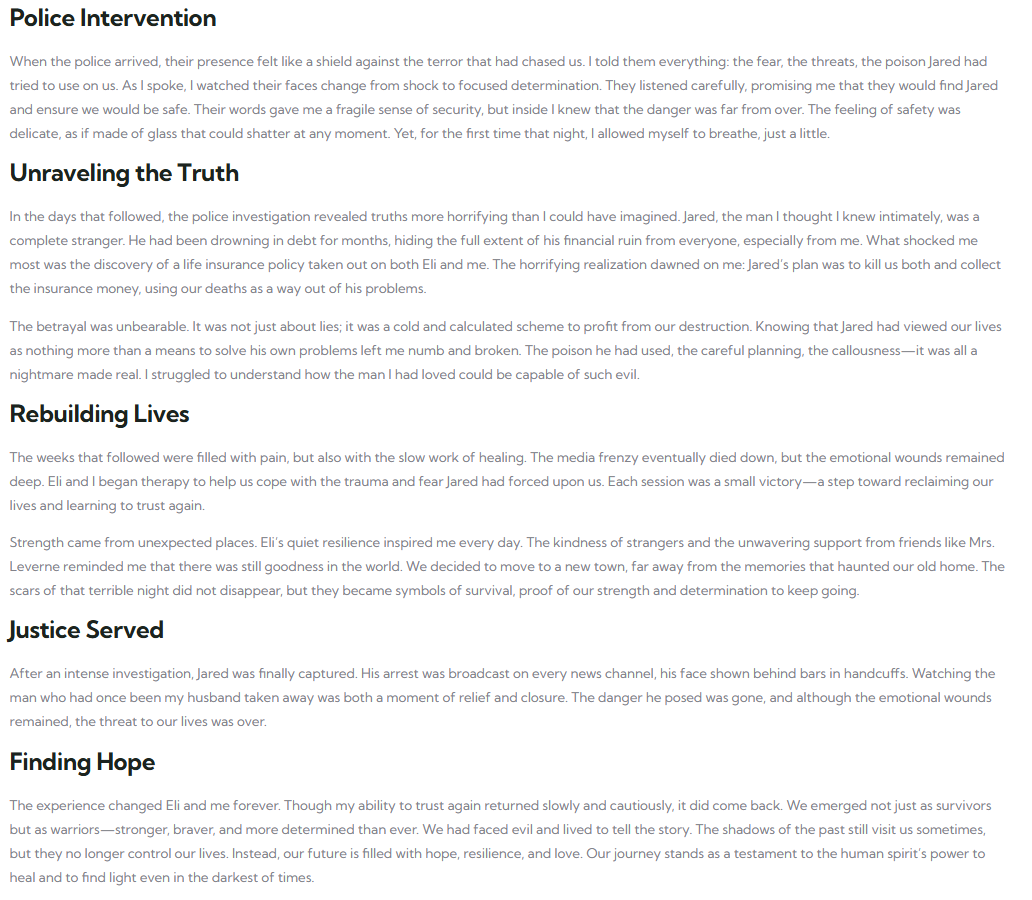
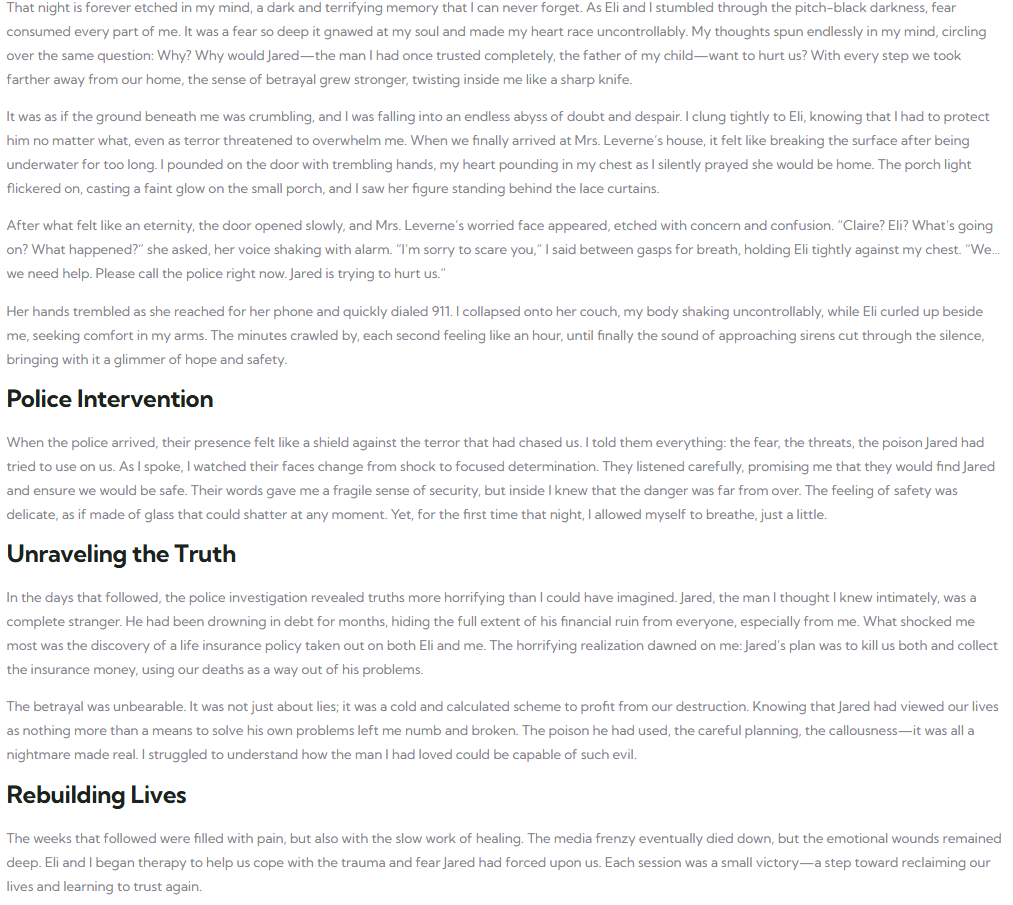
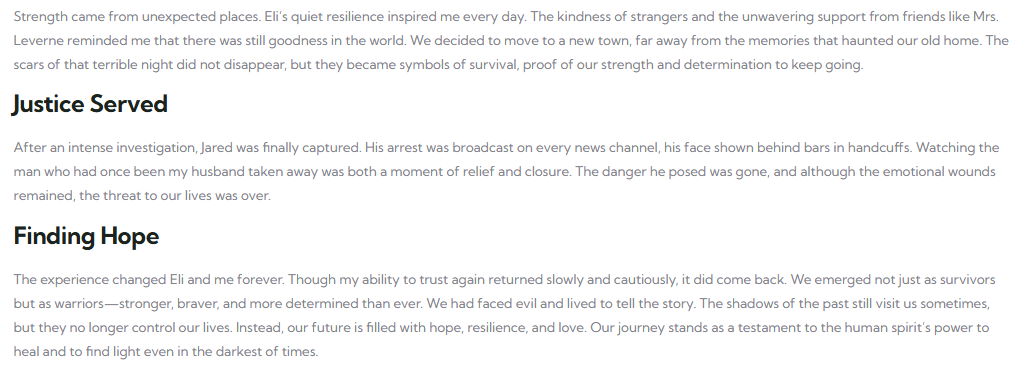
What Is Creative Visualization?
Creative visualization is the process of using mental imagery to influence not just emotions but also physical and psychological states. It involves intentionally creating vivid mental pictures, scenarios, or symbols in your mind that reflect the state of being you wish to achieve — whether it’s peace, strength, healing, or clarity.
Unlike daydreaming, which is spontaneous and often unfocused, creative visualization is a deliberate and mindful practice. It taps into the brain’s powerful ability to simulate experiences, guiding the subconscious mind toward change, healing, and growth.
The Science Behind Visualization
The power of the mind is no longer just a poetic idea — science now supports what mystics and ancient healers have known for centuries. When you visualize something vividly, your brain activates the same neural pathways as if you were experiencing the event in real life.
This phenomenon is known as neuroplasticity — the brain’s ability to form and reorganize synaptic connections, especially in response to learning or experience. When you practice visualization consistently, you’re training your brain to recognize and align with new patterns of thought and behavior.
Athletes use it to enhance performance. Artists use it to unlock inspiration. And now, many are turning to it as a tool for mental healing and emotional clarity.
How Visualization Promotes Mental Healing
Healing, whether emotional or mental, often requires us to go beyond logic and into the realm of feeling, belief, and imagination. Creative visualization helps by:
1. Releasing Stored Emotional Pain
Many of us carry unresolved emotional wounds — from past relationships, childhood trauma, or life’s unexpected turns. Visualization offers a gentle way to revisit and reframe these memories. For instance, you might visualize a younger version of yourself and offer them comfort, understanding, and love. Over time, this act of reparenting can ease emotional blockages and foster deep inner healing.
2. Reducing Stress and Anxiety
By visualizing calming, peaceful scenes — like a forest trail, a quiet beach, or a glowing light of healing energy — the mind shifts from fight-or-flight to rest-and-digest. These mental images activate the parasympathetic nervous system, lowering cortisol levels and easing anxiety. It’s like giving your mind a mini-vacation.
3. Rewiring Negative Thought Patterns
Visualization allows you to replace negative, self-defeating narratives with empowering ones. Instead of seeing yourself as stuck, weak, or broken, you begin to imagine yourself as strong, whole, and capable. These new images, when repeated, start to feel more natural — and soon, they shape your real-life behavior and mindset.
Finding Clarity Through Visualization
In moments of overwhelm or indecision, clarity can feel out of reach. The mind becomes noisy, cluttered with to-do lists, fears, and what-ifs. Visualization creates space. It’s like clearing the fog on a windshield.
Here’s how it supports emotional clarity and decision-making:
– Connecting with Your Intuition
When you visualize from a calm, centered place, your inner wisdom often speaks more clearly. Visualizing your “higher self” — a version of you that is wise, grounded, and at peace — can offer surprising insights. Many people report receiving guidance, direction, or reassurance during these practices.
– Creating Mental Blueprints
By mentally rehearsing a desired outcome — a peaceful conversation, a confident presentation, or a healed relationship — you prime your brain for success. These mental rehearsals build confidence, reduce fear, and help you approach situations with greater clarity and intention.
– Detaching from External Noise
In a world full of social media, news, and external expectations, it’s easy to lose touch with your own voice. Visualization turns your focus inward, allowing you to listen to what you truly want, feel, and believe.
How to Practice Creative Visualization
The beauty of visualization is that it requires no special equipment — just a quiet space and an open mind. Here’s a simple practice to get started:
- Find a quiet space where you won’t be disturbed.
- Close your eyes and take a few deep, calming breaths.
- Set an intention. What do you want to feel or heal? Clarity, courage, peace?
- Begin to imagine a scene that embodies this feeling. If you’re seeking healing, you might picture a warm light enveloping your body. If you’re seeking clarity, imagine yourself standing on a mountaintop, seeing everything with perfect vision.
- Engage all your senses. What do you see, hear, feel, or even smell in this scene?
- Stay in this image for 5–10 minutes, allowing it to become more vivid and real.
- When you’re ready, gently return to the present moment and reflect on how you feel.
This practice, when done regularly, can become a powerful anchor — a return point to your inner peace and power.
Tips for Deepening Your Visualization Practice
- Use music or soundscapes to enhance immersion.
- Write down your visualizations in a journal afterward.
- Combine with affirmations to reinforce the mental imagery.
- Practice after meditation when the mind is already calm and receptive.
- Try guided visualizations if you’re just starting out.
Real-Life Stories of Transformation
Many individuals have used creative visualization to overcome depression, manage chronic pain, recover from grief, or navigate major life transitions. Some have visualized meeting their future self and gained profound clarity on the steps they needed to take in the present. Others have used it to process trauma in a safe and empowered way.
While visualization isn’t a replacement for therapy or medical treatment, it can be a deeply supportive companion — a tool you always carry with you.
Final Thoughts: Imagination as Medicine
In a world that often demands logic and productivity, turning to imagination might seem whimsical — even indulgent. But the truth is, the mind doesn’t always heal through analysis alone. Sometimes, it heals through symbols, stories, colors, and inner journeys.
Creative visualization invites us to step into the artist’s role — to paint our own internal landscape with the colors of hope, peace, and possibility. Whether you’re seeking emotional healing, clarity, or simply a deeper connection to yourself, this practice can open doors you didn’t know existed.
